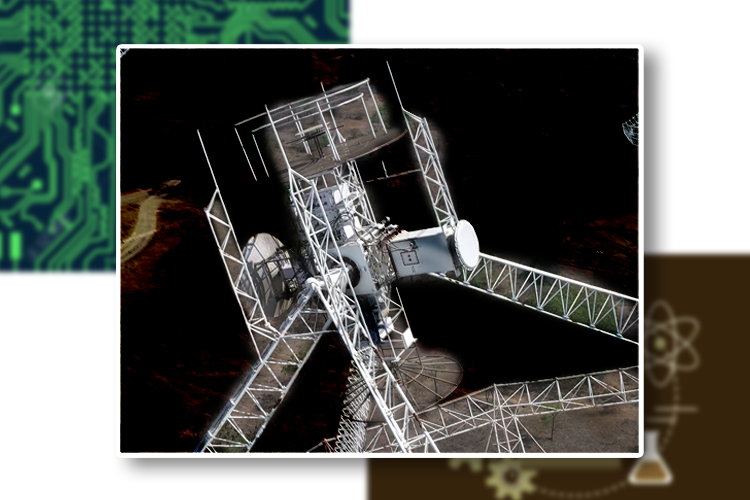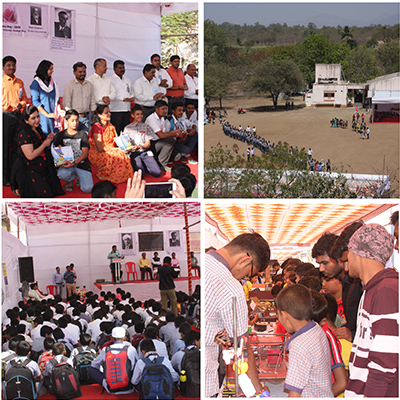GMRT Virtual Science Day 2024
Coming Soon...


The largest science exhibition celebrated every year at GMRT, Khodad, Pune India



We have put together some fun physics and astronomy questions through this quiz for you trivia geeks! Test your knowledge and learn something new with every question.
Each round of the quiz consists of 5 multiple choice questions with only one correct answer. Click on the button left of the options to choose your answer. If you want to skip any question use the Next Question button and revisit the unattempted questions using the Previous Question button. After each question, some trivia facts about that question will be displayed. Take a look at the trivia before moving to the next question. Select the Submit button to end the round. In the end, it will show all the correct answers by green circles, and wrong answers by red circles. Your answer is marked by oval shape green or red color. Click on the Next Round button to move on to the next round.

February 28th is celebrated as the National Science Day all over the country, commemorating the discovery of the Raman Effect by C.V. Raman, for which he was awarded the Nobel Prize in Physics in 1930. Each year, Science Day is celebrated at the Giant Metrewave Radio Telescope (GMRT) observatory at Khodad. The GMRT, which is the world’s most powerful telescope operating at low radio frequencies, was built and is being operated by the National Centre for Radio Astrophysics (NCRA) of the Tata Institute of Fundamental Research (TIFR). Although the prime activity at NCRA and GMRT is to carry out frontline research in radio astronomy and astrophysics, and develop state-of-the-art instrumentation for this purpose, NCRA and GMRT observatory also have programmes to popularise science and technology among the general public, especially the student community.
The first Science Day celebration was held at GMRT in 2002, and now comprises a major component of our outreach programmes. Science Day events are usually spread over two days starting the 28th of February, in order to cater to the tremendous response from the general public, especially the students from the schools and colleges in the rural and semi-urban areas and districts in the western Maharashtra, especially those near the GMRT observatory. It is perhaps one of the largest Science Day events in rural India, with about a hundred schools, colleges, and institutions participating, and over 25000 people visiting the observatory every year during the two-day event.
The programme consists of a grand Science Exhibition, where children from the schools and colleges exhibit their science projects, and prizes are given for the best entries in different age groups. In addition, there are exhibitions illustrating astronomical themes and concepts, exciting results obtained with the GMRT, various subsystems of GMRT and illustrative models. There are also exhibits and live demonstrations from various research institutes and science popularisation groups, as well as teaching institutions such as the University of Pune and various national laboratories. There are also programmes to interact with well-known scientists and engineers and film shows on astronomical topics of current interest.
In 2021, due to the pandemic, the Science Day celebration moved to an online platform. We tried to maintain the character of the programme by partnering with Indian Institute of Knowledge to engage our audience of school and college students using an Android app (Growing Dots). Students were invited to submit short videos describing their projects. These videos were organised into an exhibition and made available online both via an app and a webpage. Prizes were awarded to the winning projects. The webpage also provided interesting information about astronomy, an audio-visual tour of the GMRT, a behind the scenes look at the technology which makes GMRT work and science done with it. Buoyed by the very enthusiastic response last year, the Science Day celebrations this year are being organised along similar lines with even more exciting content.
•